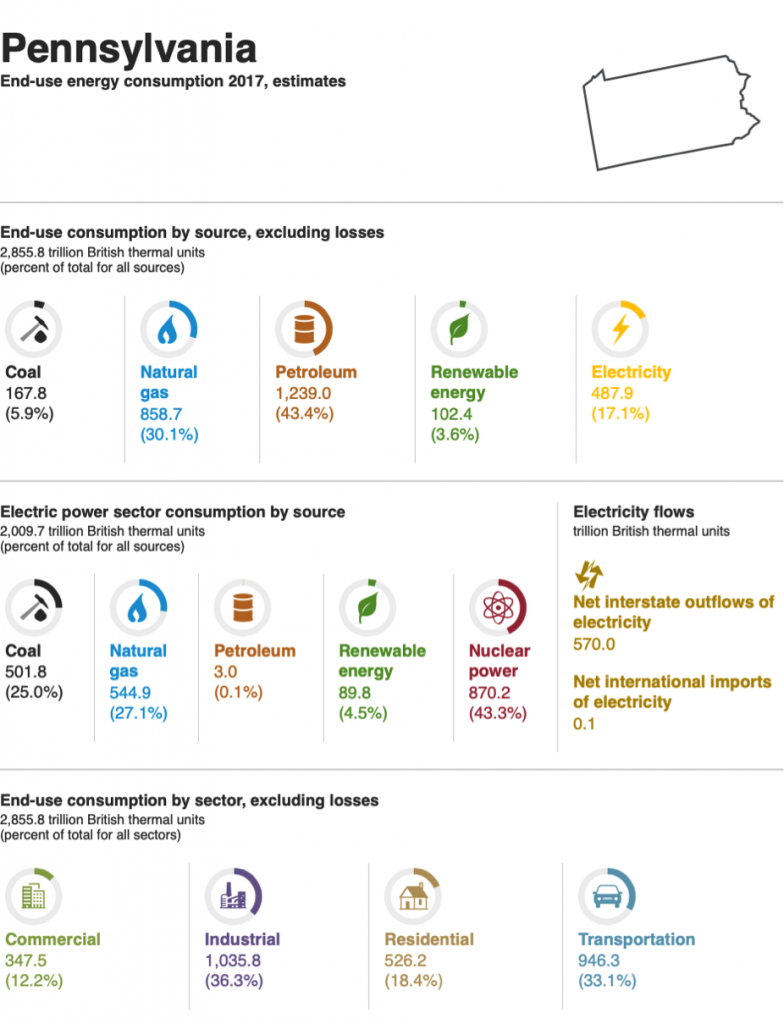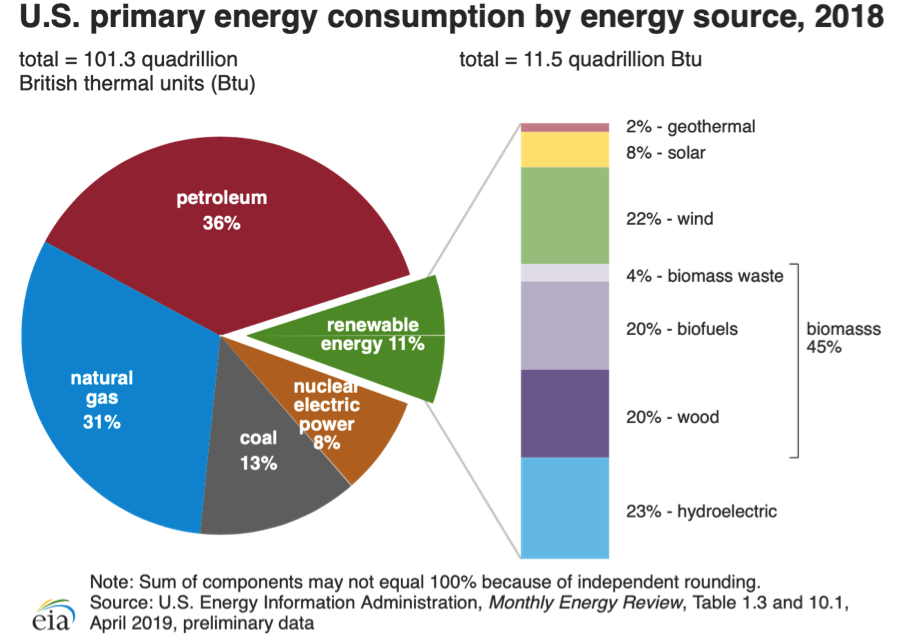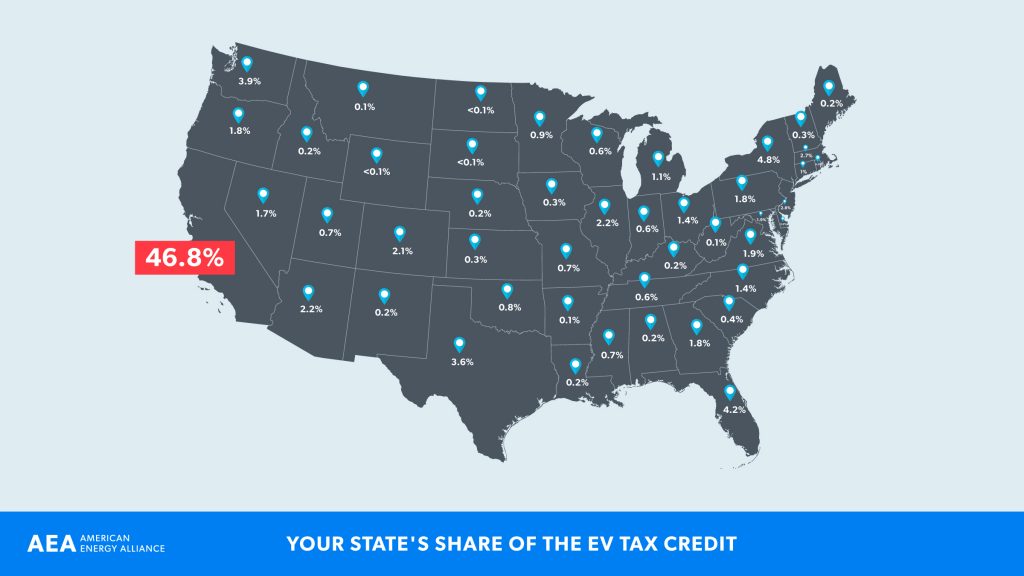The American Energy Alliance has conducted and sponsored a number of surveys in recent years to reveal public sentiment on key energy issues.
| Survey Title and Link | Release Date |
| Voters Don’t Want to Pay for Biden’s Global Warming Agenda | April 2021 |
| American Voters Concerned about Economy, Not Climate | May 2020 |
| Voters to Congress: Make a U-Turn on Special Vehicle Preferences | October 2019 |
| New Survey Results Find Voters (Still) Don’t Favor EV Subsidies | May 2019 |
| New Survey Finds Voters Skeptical of Government Action on Climate Change | March 2019 |
| New Survey: Voters (Still) Find Vehicle Subsidies “Unfair” | June 2018 |
| IER-ACU Foundation Energy & Environment Survey | October 2017 |
| Survey: Americans Don’t Want to Pay for Neighbor’s EV | September 2015 |
| Americans Skeptical of Federal Energy Dictates | September 2014 |
| IER Survey Finds Broad-Based Opposition to Carbon Tax | June 2013 |
| IER Survey: Government Transparency Demanded By Taxpayers | May 2013 |
| Carbon Tax Survey | December 2012 |
| IER National Survey | September 2008 |
If you are looking for a specific survey sponsored by AEA and don’t see it on this list contact AEA’s press office ([email protected]) for assistance.






